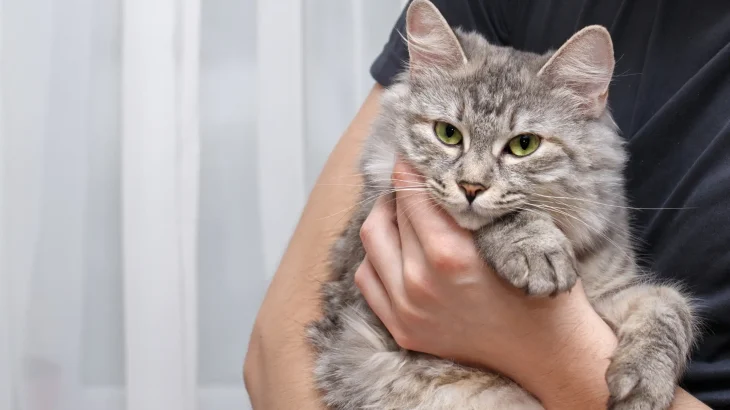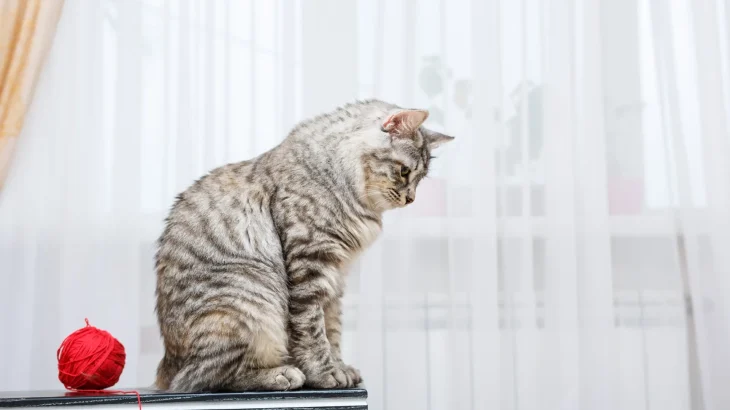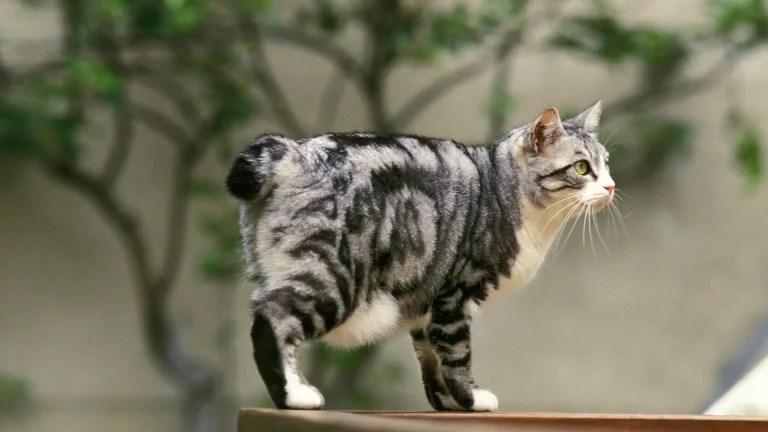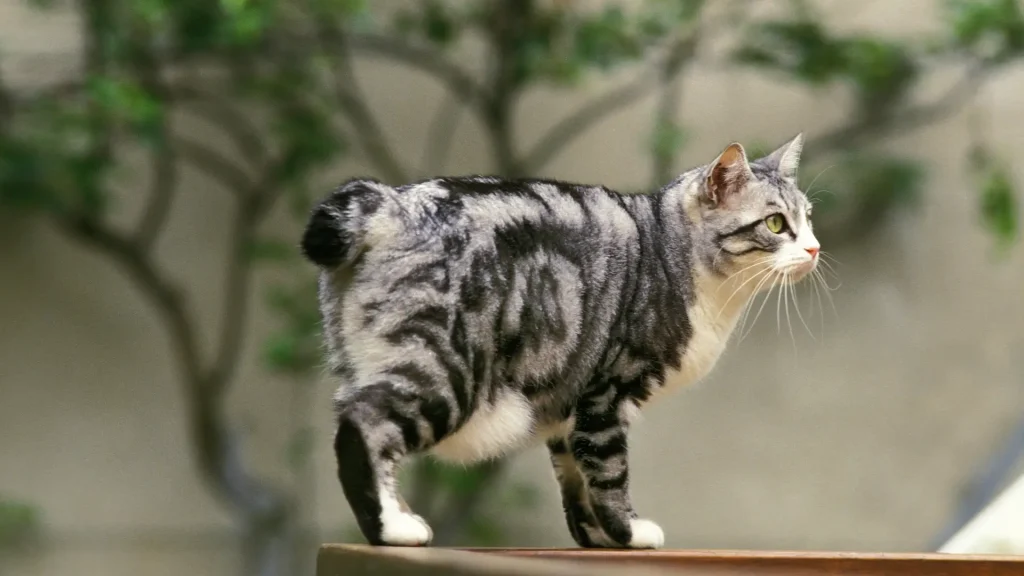When deciding whether to welcome a Karelian Bobtail kitten into your home through adoption or purchase, the main factors revolve around health transparency and ethical considerations. Buying from a reputable breeder offers detailed pedigree and health information, while adopting gives a loving home to a cat in need, often with less certainty about its background.
Adoption vs. Breeder: Pros & Cons
| Criteria | Buying from Breeder | Adopting from Shelter/Rescue |
|---|---|---|
| Cost | Typically higher, reflecting purebred status and care (varies widely). | Generally lower adoption fees, often includes vaccinations and spay/neuter. |
| Health History | Comprehensive health records and genetic screening usually provided. | Health history may be incomplete; shelters provide basic health screening. |
| Age Availability | Mostly kittens available, allowing early bonding and training. | Range of ages available, including adults and sometimes seniors. |
| Temperament Insight | Breeder knowledge of lineage helps predict temperament traits. | Behavior observations are available, but full background often unknown. |
| Supporting Practices | Supports selective breeding programs; crucial to choose ethical breeders. | Supports animal welfare by rescuing cats in need and reducing shelter populations. |
| Breed Purity & Pedigree | Guaranteed breed purity with pedigree documentation. | Breed purity uncertain; pedigree papers typically unavailable. |



















































